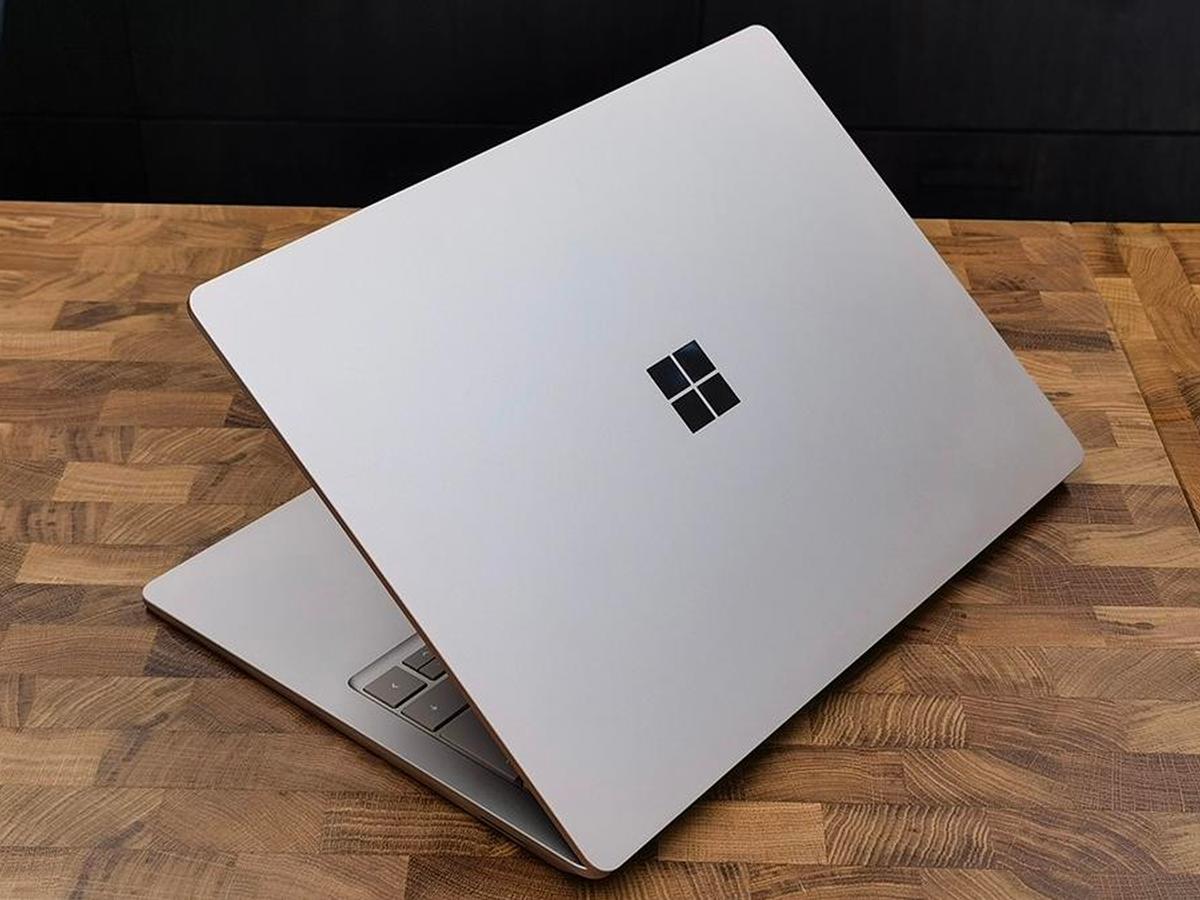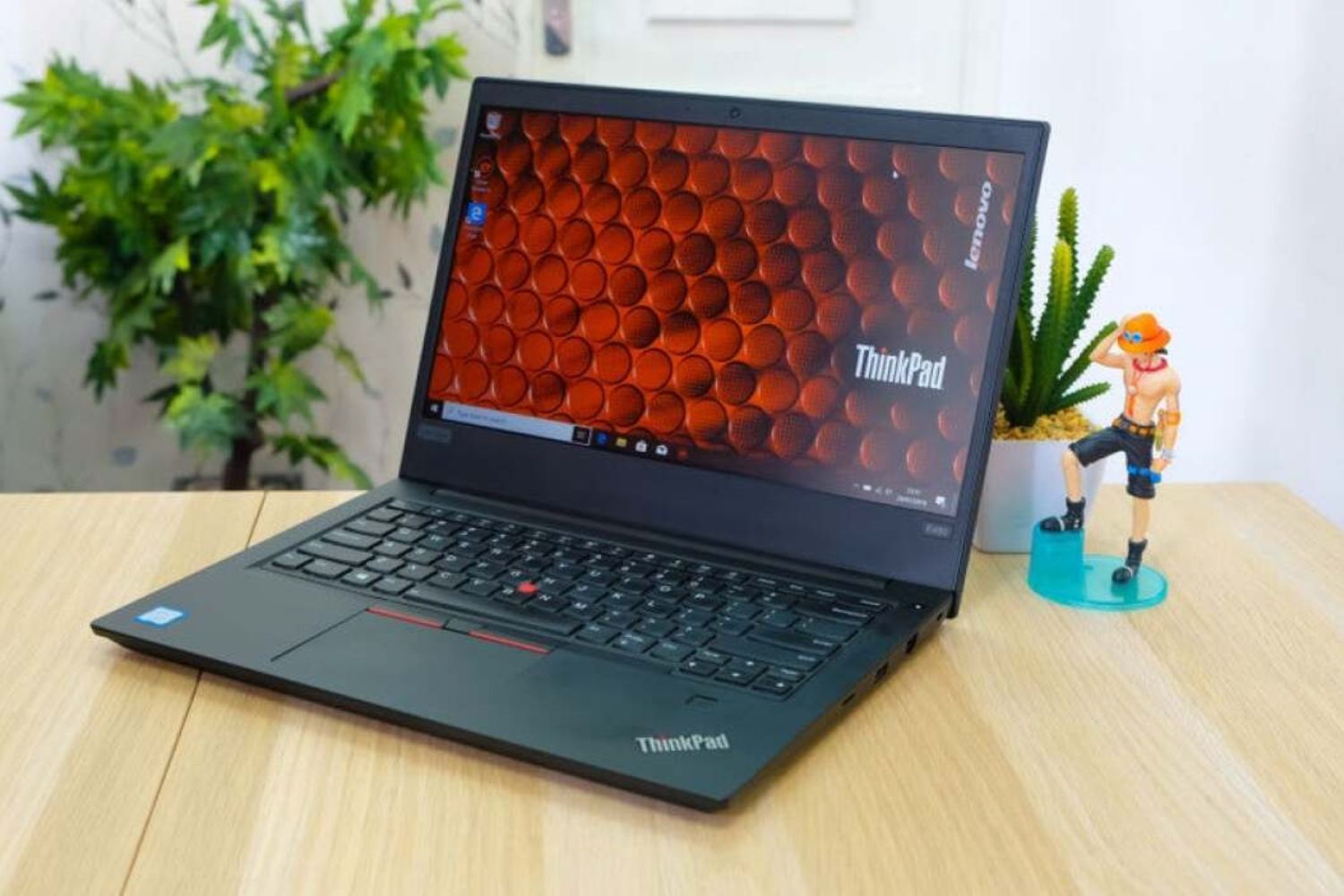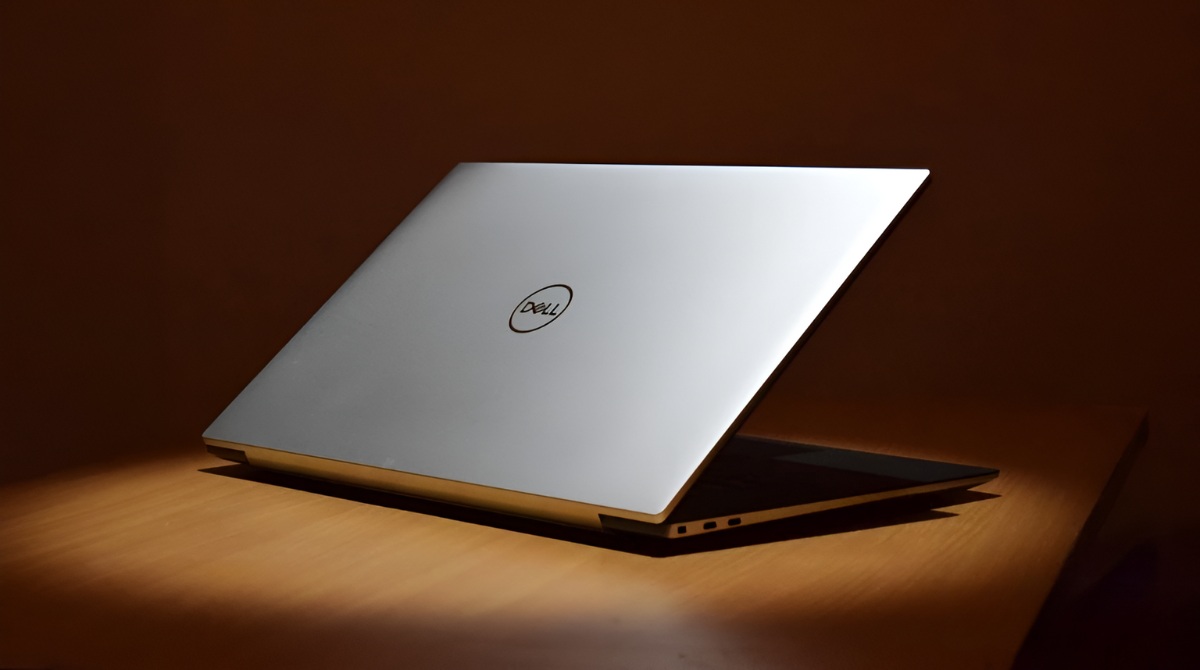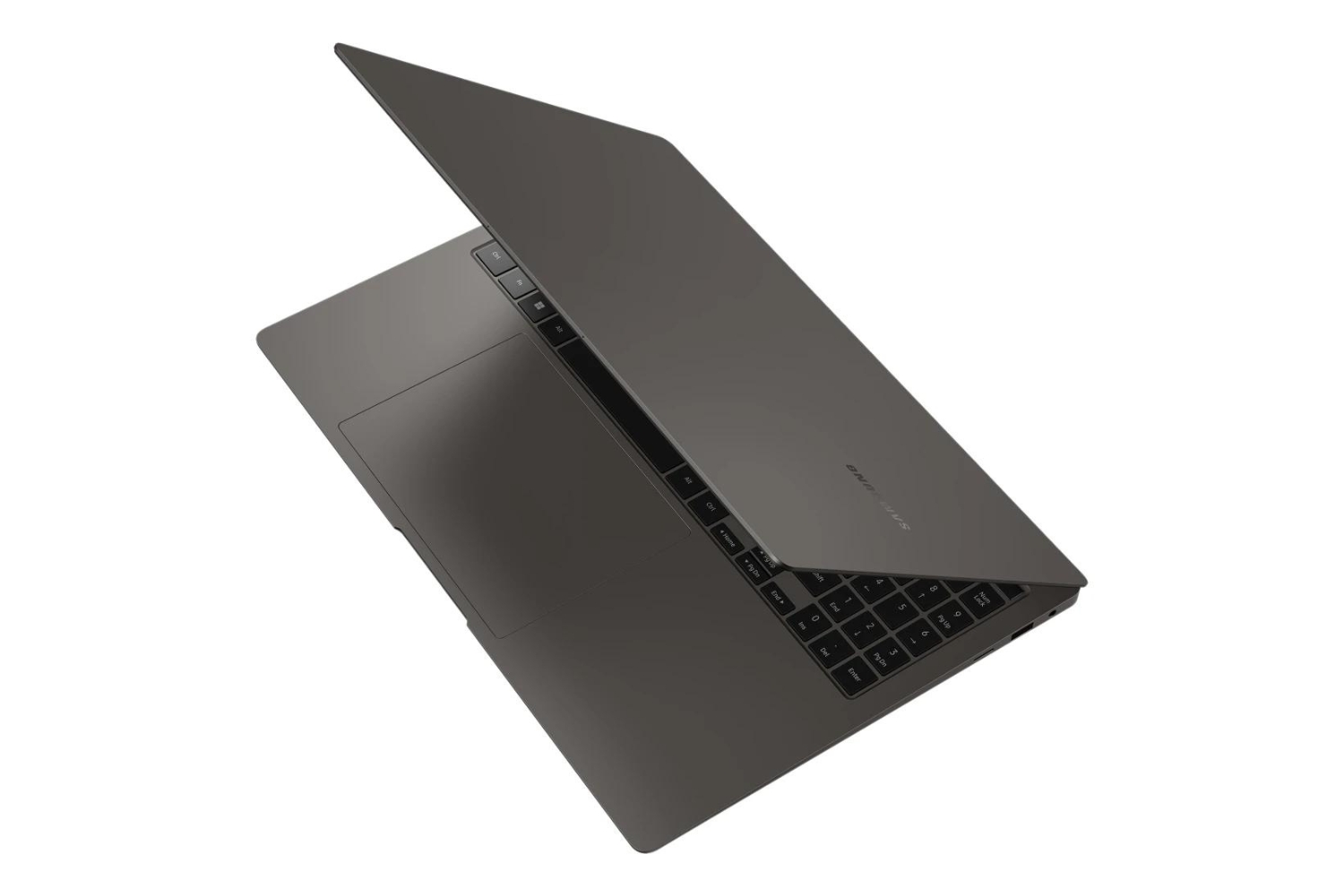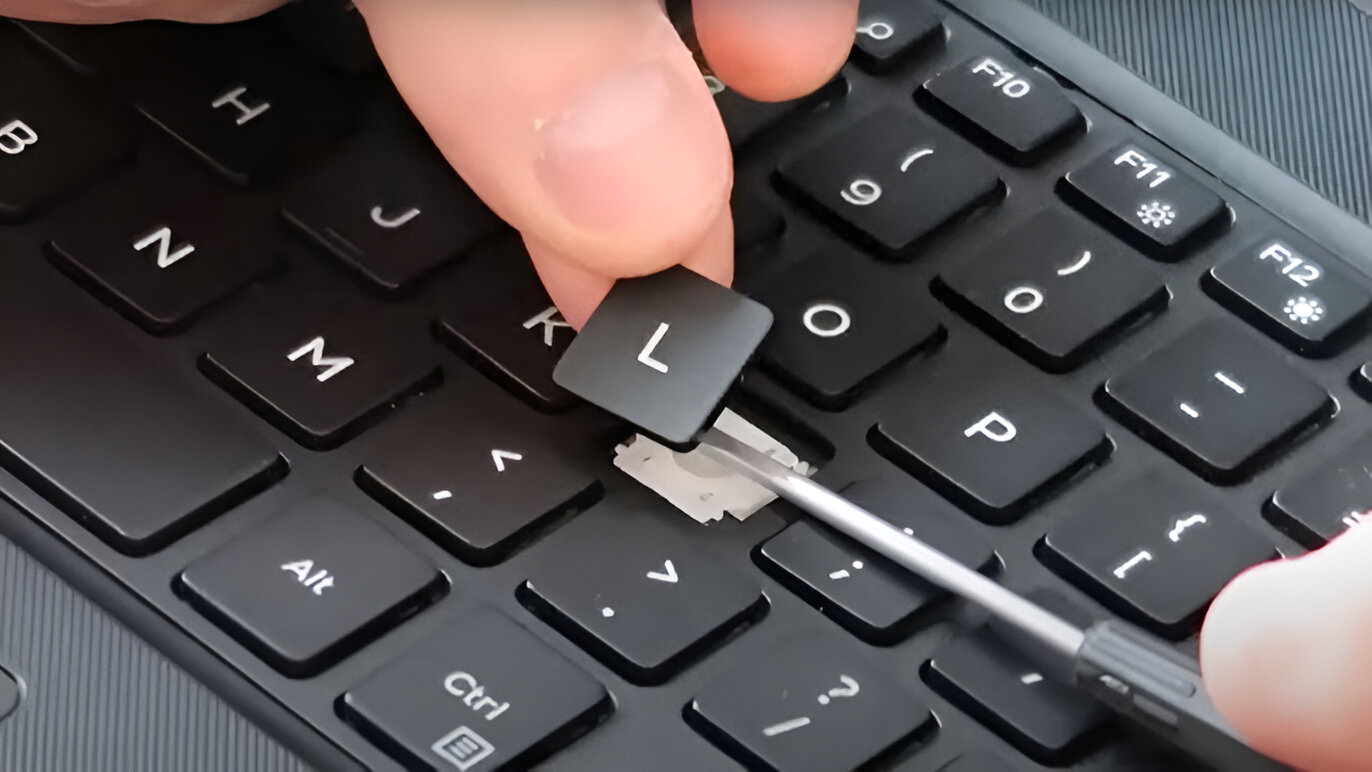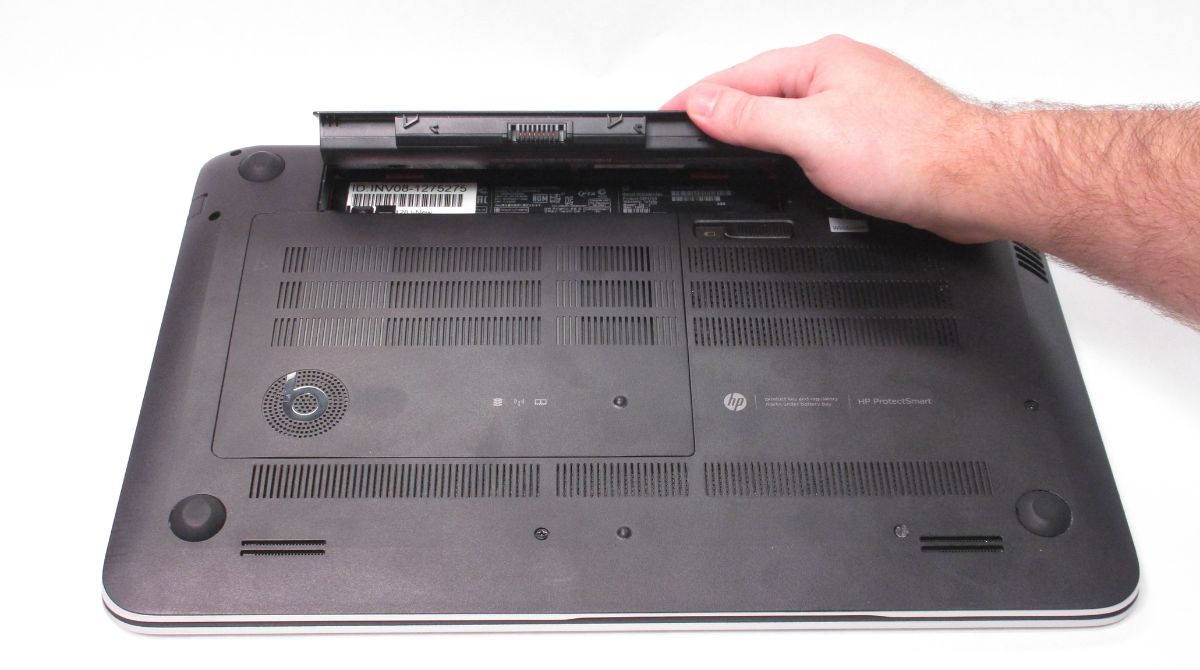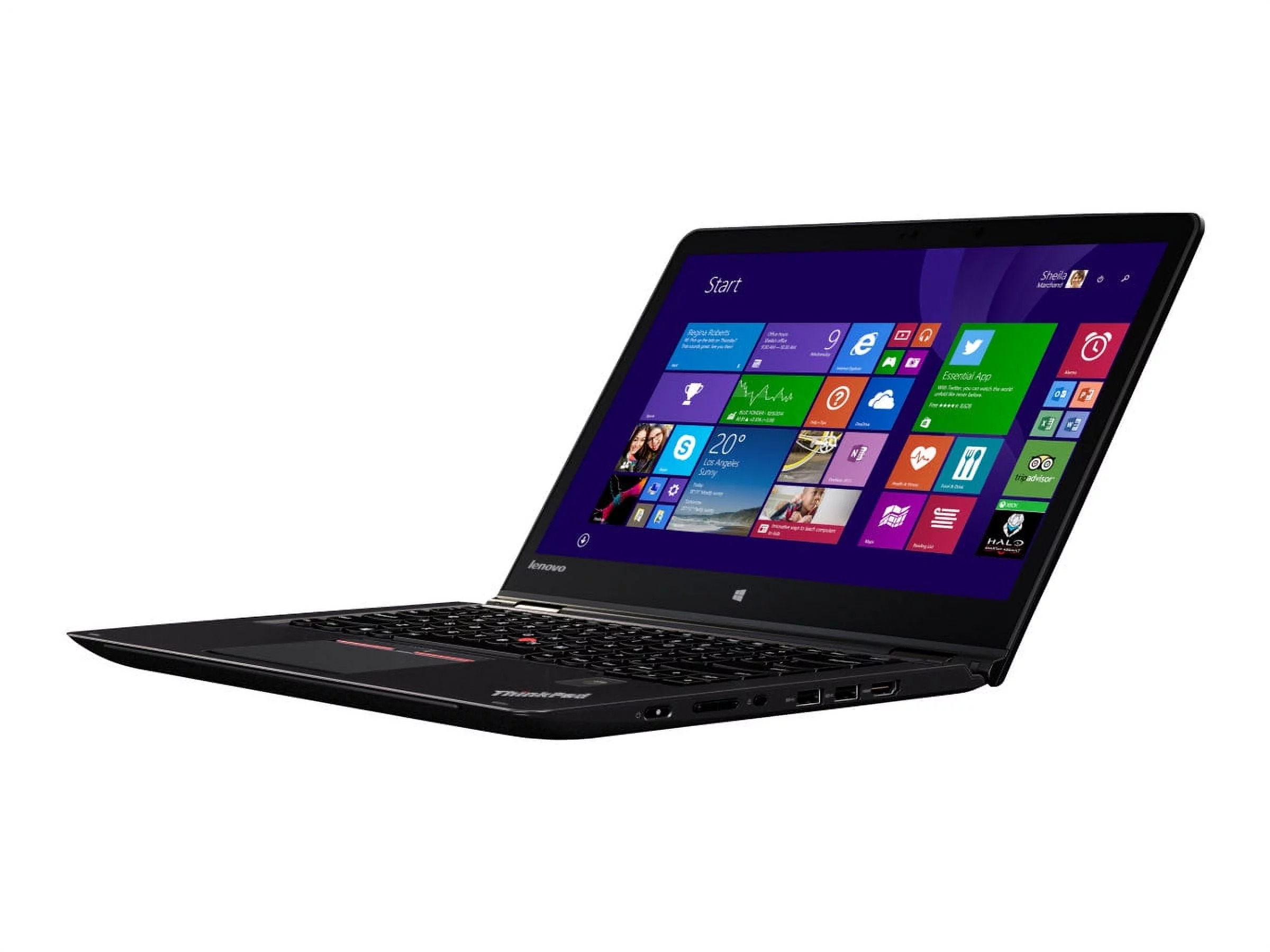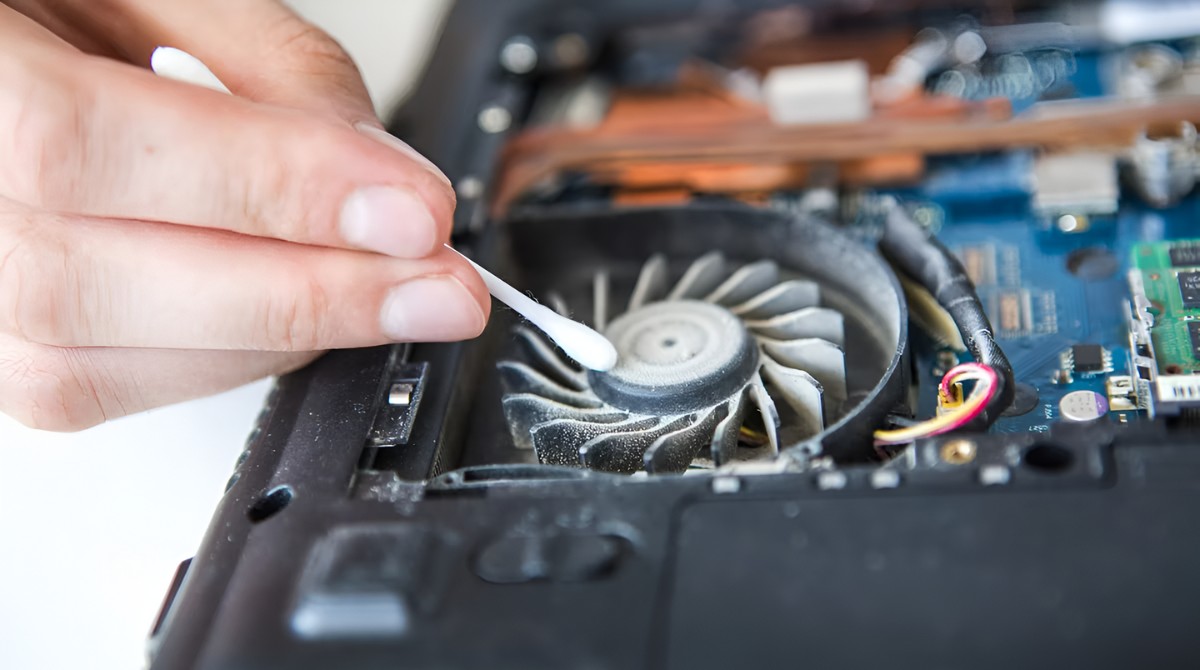Introduction
When you own an ultrabook, you may have experienced the frustration of the screen turning off automatically when you close the lid. This default behavior can be inconvenient, especially if you need to keep the screen active for specific tasks or prefer to use an external monitor. Fortunately, there are several methods you can try to keep the screen from turning off when closing the lid of your ultrabook.
In this article, we will explore various techniques that allow you to override the default settings and keep the screen active even when the lid is closed. Whether you are using Windows or another operating system, these methods can help you customize the power settings and prevent the screen from entering sleep mode or turning off.
By following these techniques, you can continue to work, stream videos, give presentations, or perform any other tasks without interruption, even when the lid of your ultrabook is closed. No more frustration and inconvenience caused by having to constantly reopen the lid to wake up the screen!
While some methods involve changing power and sleep settings, others require adjusting the lid close action or modifying the registry. Additionally, there are third-party software options available that can provide more advanced customization options for screen behavior when the lid is closed. We will cover each method in detail, providing step-by-step instructions to help you implement the changes effectively.
So, if you are tired of your ultrabook’s screen turning off every time you close the lid and are ready to take control of your power settings, read on to discover the various methods you can use to keep the screen active when closing the lid of your ultrabook.
Why does the screen turn off when the lid of your Ultrabook is closed?
Understanding why the screen turns off when you close the lid of your ultrabook is essential to finding a solution. This default behavior is primarily designed for power management purposes and to extend the battery life of your device.
When you close the lid, your ultrabook assumes that you are no longer actively using it and enters either sleep mode or a low-power state to conserve energy. This feature is particularly useful when you want to quickly resume your work by simply opening the lid without having to wait for the system to start up fully.
However, this default behavior may not always be the ideal setting for everyone. There are various scenarios where you might want to keep the screen active even when the lid is closed. For example, you may be using an external monitor and want your ultrabook’s screen to remain on to serve as an extended display. Or, you might need the screen on when delivering a presentation or working on tasks that require continuous monitoring while the lid is closed.
To accommodate these specific situations, it becomes necessary to override the default behavior and configure your ultrabook’s power settings accordingly. By making a few adjustments, you can keep the screen active and prevent it from entering sleep mode or turning off when you close the lid.
Now that you understand why this behavior occurs, let’s explore different methods that can help you customize the power settings of your ultrabook and keep the screen active when closing the lid.
Method 1: Changing Power & Sleep Settings
One of the simplest ways to keep the screen active when closing the lid of your ultrabook is by adjusting the power and sleep settings. This method allows you to customize the behavior based on your preferences. Here’s how:
- Open the Control Panel on your ultrabook. You can access it by clicking on the Start menu and searching for “Control Panel.”
- In the Control Panel, navigate to the “Power Options” section. Depending on your operating system, you may find it under different names, such as “Power & Sleep” or “System Settings.”
- Once you’re in the Power Options section, you’ll see various power plans listed. Choose the one that is currently active or the one you want to modify. To make changes that apply to all power plans, select “Change plan settings” for the plan that is currently selected.
- In the next screen, you’ll find options for setting the display and sleep timeouts. Look for the options that control the behavior when you close the lid. Typically, these options are labeled as “When I close the lid” or “Lid close action.”
- Select the desired option for the lid close action. You can choose options like “Do nothing” or “Hibernate” to keep the screen active when the lid is closed. Alternatively, you can also set it to “Turn off the display” if you want to conserve power but keep the system running.
After making the necessary changes, save the settings, and close the Control Panel. The screen on your ultrabook will now stay active even when you close the lid, according to the new power and sleep settings you have chosen.
This method is generally available in all versions of Windows and provides a quick and straightforward way to change the power behavior for your ultrabook. However, if you don’t find the desired options or need more advanced customization, you can consider exploring other methods that we will discuss in the following sections.
Method 2: Utilizing Power Options
In addition to changing the power and sleep settings, another effective method to keep the screen active when closing the lid of your ultrabook is by utilizing the power options provided by your operating system. Here’s how:
- Click on the Start menu and search for “Power Options.”
- Click on the “Power Options” or “System Settings” entry that appears in the search results.
- In the Power Options window, you’ll see a list of power plans. Choose the power plan that is currently active or the one you want to customize. Alternatively, you can click on “Create a power plan” to create a new power plan with your desired settings.
- Select “Change plan settings” for the chosen power plan.
- In the next screen, you will find options for customizing the power settings. Look for the option labeled “Change advanced power settings” or a similar variant and click on it.
- A new window will open, displaying advanced power settings for your selected power plan. Scroll down until you find the “Power buttons and lid” category, and expand it.
- Within the “Power buttons and lid” category, look for the “Lid close action” option. Click on it to expand further.
- Adjust the settings for the lid close action according to your preference. You may have options like “Do nothing,” “Sleep,” “Hibernate,” or “Shut down.” Select the option that prevents the screen from turning off when you close the lid, such as “Do nothing.”
Once you have made the changes, click on “OK” or “Apply” to save the settings and close the Power Options window. Now, when you close the lid of your ultrabook, the screen will remain active as per your customized power options.
This method provides more granular control over your power settings and allows you to fine-tune the behavior of your ultrabook when the lid is closed. By utilizing these power options, you can ensure that the screen stays on and continues to display content even with the lid closed.
If this method doesn’t provide the desired flexibility or you encounter any issues, don’t worry. We have more methods to explore in the following sections that might better suit your needs.
Method 3: Using the Control Panel
If you prefer using the Control Panel over the Power Options menu, you can adjust the screen behavior when closing the lid of your ultrabook through this method. Here’s how:
- Open the Control Panel on your ultrabook. You can access it by clicking on the Start menu and searching for “Control Panel.”
- In the Control Panel, look for the “Hardware and Sound” category and click on it.
- Within the “Hardware and Sound” category, click on “Power Options.”
- In the Power Options window, you’ll see the currently active power plan. Click on “Change plan settings” for the selected power plan.
- In the next screen, you’ll find options to adjust the settings for the power plan. Look for the “Change advanced power settings” link and click on it.
- A new window will open, displaying the advanced power settings for your ultrabook. Scroll down until you find the “Power buttons and lid” category, and click on it to expand.
- Within the “Power buttons and lid” category, locate the “Lid close action” option and click on it to expand further.
- Choose the desired action for the lid close action. You can select options like “Do nothing,” “Sleep,” “Hibernate,” or “Shut down.” Selecting “Do nothing” will prevent the screen from turning off when you close the lid.
Once you have made the changes, click on “OK” or “Apply” to save the settings and exit the Control Panel. Now, when you close the lid of your ultrabook, the screen will remain active according to the selected lid close action.
Using the Control Panel gives you a familiar interface and provides straightforward access to power options. This method allows you to customize the settings for screen behavior when closing the lid, ensuring that the display stays on even when the lid is closed.
However, if you’re looking for additional methods or more advanced customization options, continue reading as we discuss more ways to keep the screen active when closing the lid of your ultrabook.
Method 4: Adjusting Lid Close Action
If you want a more direct method to adjust the lid close action and keep the screen active when closing the lid of your ultrabook, you can make use of the settings provided by your operating system. Follow the steps below to adjust the lid close action:
- Go to the Start menu or search bar and type “Control Panel” to open the Control Panel on your ultrabook.
- In the Control Panel, locate the “Hardware and Sound” category and click on it.
- Within the “Hardware and Sound” category, click on “Power Options.”
- In the Power Options window, you will see a list of power plans. Select the currently active power plan or the one you wish to modify by clicking on “Change plan settings” for that specific plan.
- In the next screen, click on “Change advanced power settings” to access the advanced power settings of the chosen power plan.
- A new window will open, displaying various power options. Scroll down to find the “Power buttons and lid” category, and click on it to expand.
- Under the “Power buttons and lid” category, look for the “Lid close action” setting. Click on it to expand further.
- Adjust the lid close action according to your preference. You can choose options such as “Do nothing,” “Hibernate,” “Sleep,” or “Shut down.” Selecting “Do nothing” will keep the screen active when you close the lid.
After making the changes, click on “OK” or “Apply” to save the settings and exit the Control Panel. Now, when you close the lid of your ultrabook, the screen will stay active according to the adjusted lid close action.
Adjusting the lid close action is a direct and efficient method to control the behavior of your ultrabook when closing the lid. Whether you want the screen to stay on during presentations or when using an external monitor, this method allows you to have full control over the screen’s activity.
If you’re interested in exploring other methods or options for keeping the screen active when closing the lid, continue reading as we discuss more techniques in the upcoming sections.
Method 5: Modifying the Registry
If you’re comfortable making changes to the Windows Registry, you can utilize this method to modify the settings and keep the screen active when closing the lid of your ultrabook. Please note that modifying the registry can be risky and could potentially cause issues with your system if not done correctly. Follow the steps below carefully:
- Press the Windows key + R on your keyboard to open the Run dialog box.
- Type “regedit” in the Run dialog box and press Enter. This will open the Registry Editor.
- In the Registry Editor, navigate to the following path:
HKEY_LOCAL_MACHINE\SYSTEM\CurrentControlSet\Control\Power\PowerSettings\238C9FA8-0AAD-41ED-83F4-97BE242C8F20\7bc4a2f9-d8fc-4469-b07b-33eb785aaca0. - Double-click on the “Attributes” entry in the right-hand pane to modify its value.
- In the “Attributes” Value data field, change the value to “2” and click “OK” to save the changes.
- Close the Registry Editor.
Once you have modified the registry, you need to adjust the power settings to reflect the changes you made:
- Open the Control Panel on your ultrabook.
- Click on “Hardware and Sound.”
- Select “Power Options.”
- Select “Choose what closing the lid does” from the options on the left side of the window.
- Adjust the lid close action to your preference. For example, you can choose “Do nothing” to keep the screen active when you close the lid.
- Click “Save changes” to apply the new settings.
Modifying the registry can allow more flexibility and customization options for keeping the screen active when closing the lid. However, due to the potential risks associated with making changes to the registry, it is crucial to proceed with caution and ensure that you follow the steps correctly.
If you’re not comfortable with modifying the registry or want a more straightforward method, continue reading as we discuss another approach in the next section.
Method 6: Using Third-Party Software
If the previous methods don’t meet your requirements or if you prefer a more comprehensive solution, you can consider using third-party software designed to customize power settings and manage when the screen turns off when closing the lid of your ultrabook. These software options often provide additional features and advanced customization options. Here’s how you can utilize third-party software:
- Research and identify reputable third-party software that specializes in power management and customization for ultrabooks. Some popular options include “Keep Display On” and “Caffeine.”
- Visit the official website of the chosen software and download it to your ultrabook.
- Install the software by following the provided instructions. Once installed, launch the software.
- Explore the software’s interface and options. Depending on the software, you may find settings specifically designed to keep the screen active when closing the lid. These options may include options to disable lid sleep, customize power settings, or create custom profiles for different scenarios.
- Adjust the settings according to your preferences. For example, you can set the software to prevent the screen from turning off when the lid is closed or to activate a specific profile when the lid is closed.
- Save the changes and exit the software. The software will now manage the power settings of your ultrabook to ensure that the screen stays active even when the lid is closed.
Using third-party software provides a more flexible and extensive approach to customizing power settings and managing the screen behavior when closing the lid. These software options often come with user-friendly interfaces and additional features that can enhance your overall user experience.
However, it’s important to note that third-party software may come with its own set of pros and cons, such as compatibility issues or potential conflicts with other software. Therefore, it’s recommended to research and choose a reputable software that suits your specific needs.
Now that we have explored various methods, you have a range of options to choose from. Whether you prefer built-in settings, registry modifications, or third-party software, you can find a method that suits your preferences and keeps the screen active when closing the lid of your ultrabook.
Conclusion
Keeping the screen active when closing the lid of your ultrabook can significantly improve your productivity and convenience, especially in scenarios where you need continuous access to the display. In this article, we explored several methods that allow you to override the default settings and achieve the desired behavior.
We started by discussing the reasons behind the screen turning off when closing the lid, understanding that this default behavior is primarily designed for power management purposes. However, it may not always align with our specific needs, which is why customizing the settings becomes essential.
In Method 1, we explored changing power and sleep settings through the Control Panel. This method offers a simple and straightforward approach to adjust the behavior of your ultrabook’s screen when the lid is closed. Method 2 introduced utilizing the power options provided by your operating system, allowing for more granular control over the lid close action.
In Method 3, we discussed using the Control Panel itself to modify the power settings. This method provides a familiar interface for those who prefer navigating through the Control Panel to access and adjust their power settings. Method 4 introduced directly adjusting the lid close action, providing a more direct approach to configuring your ultrabook’s behavior.
Method 5, modifying the registry, offered a way to make changes at a deeper level. However, caution and meticulousness are required when modifying the registry, as it can have significant implications for your system if done incorrectly. Finally, Method 6 introduced the option of using third-party software to gain more advanced customization options and a comprehensive solution.
Ultimately, the method you choose depends on your comfort level with system level changes and the level of flexibility and customization you require. It’s important to carefully follow the instructions and make note of any potential risks associated with altering system settings or using third-party software.
By implementing any of these methods, you can take control of your ultrabook’s power settings and keep the screen active when closing the lid, allowing you to work, watch videos, or give presentations seamlessly without any interruptions.
Remember to experiment with different methods and find the solution that best suits your needs. Whether you use built-in settings, make registry tweaks, or install third-party software, achieving the desired screen behavior when closing the lid of your ultrabook is now within your grasp.







